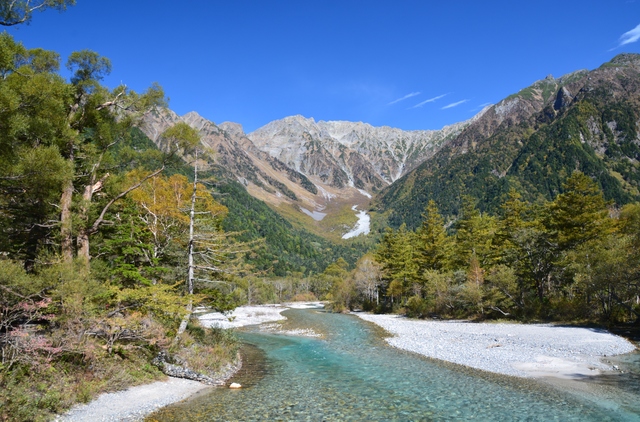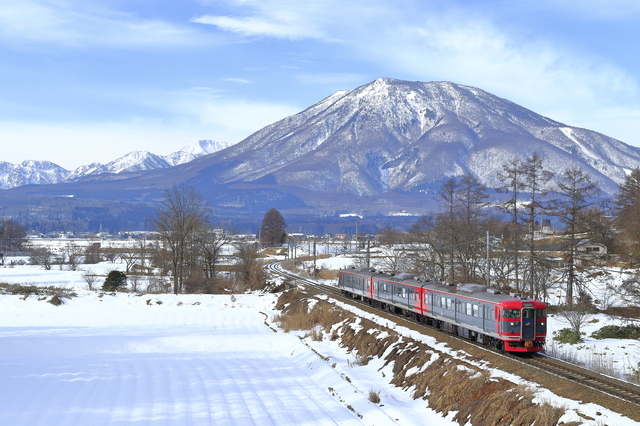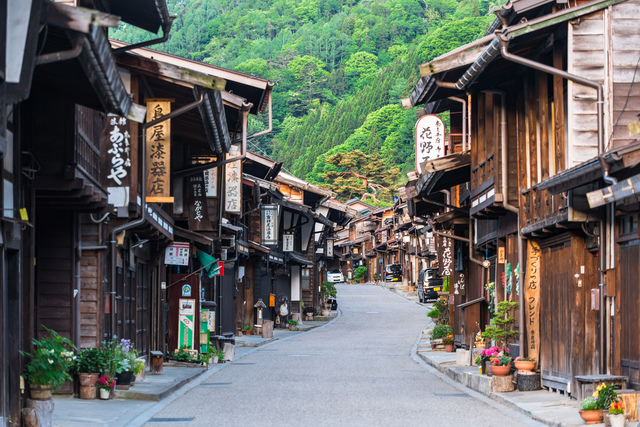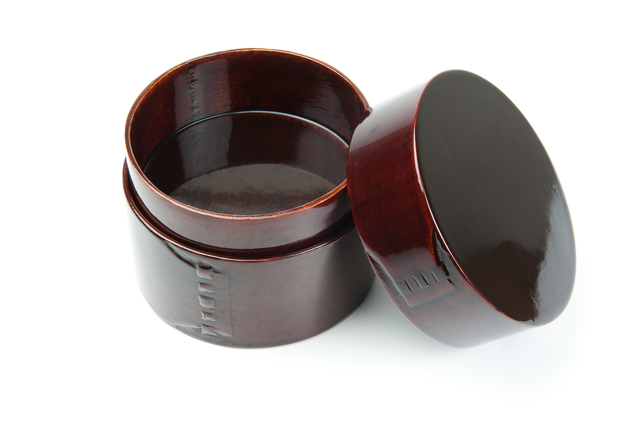
Basic Facts About Nagano to Know Before Visiting
The more you know about a place, the more fun it is to travel there. This time, we introduce Nagano Prefecture, also known as Shinshu. Why not read this article to enhance your knowledge?
This post may contain affiliate links. If you buy through them, we may earn a commission at no additional cost to you.
What is Nagano Like?
History
Nagano is a place where bone tools and Naumann\'s elephant fossils from about 40,000 years ago, as well as ancient ruins like the Togariishi Ruins (from the Jomon period), have been discovered. Shinano Province was established around the middle of the 7th century as a result of political reforms and in 1876, it became nearly the same as the Nagano Prefecture of today.
Nagano is known as a producer of horses, and during the middle ages (late 12th century to late 16th century), the warriors here were famous cavalrymen. Yet, there were no powerful feudal warrior lords and almost all of the area was dominated by the Kai Province (current day Yamanashi Prefecture). During the early modern times (late 16th century to mid-19th century), domains such as the Ueda and Matsumoto Domains gained independence, resulting in the development of castle towns. Roads were built and inn towns, such as Tsumago-juku and Narai-juku, were bustling with travelers.
The development of a transportation network was historically a challenge for Nagano Prefecture, which is divided by mountains and valleys, but today, it is connected with highways and the shinkansen (bullet train). This has resulted in great changes to the prefecture\'s internal and external exchanges.
Climate
Nagano is a landlocked prefecture with an inland climate, which is characterized by a wider variation of temperatures in a single day and year compared to coastal areas. It is not humid and does not have a lot of rain, but there is concentrated rainfall during the rainy season. The northern part of the prefecture has harsh winters, with many days of snow due to seasonal winds.
Temperament
People in Nagano Prefecture are said to be argumentative and to enjoy debates. Many of them are shy and it may take time to get to know them, but they are very kind once you do. People in Hokushin (the northern part of the prefecture) tend to be serious, methodical, and hate crookedness. It may be hard to get them to understand a joke. People in Nanshin (the southern half of the prefecture) tend to be laid back yet proactive.
Dialect
Nagano Prefecture, which is the 4th largest prefecture in Japan and has the most neighboring prefectures out of any other prefecture, has unique dialects in each area. In addition, there are influences from neighboring areas, so there is a wide variety of words used. As such, there are some words that people from different parts of the prefecture do not understand. Each area has its own rich expressions, including some with subtle nuances that cannot be translated directly into standard Japanese.

Transportation
Getting to Nagano
Trains are the best way to get to Nagano from Tokyo and Osaka. It is 1 hour and 20 minutes on the shinkansen from Tokyo Station to Nagano Station, and 3 hours from Shinjuku Station on an express train to Matsumoto Station, which is near the national treasure, Matsumoto Castle. From Osaka, it is about 4 hours on the shinkansen and express train to Nagano Station, and about 3 hours to Matsumoto. There are currently no international flights to Matsumoto Airport, but there are expansion plans to accommodate international flights.
Transportation Within the Prefecture
The JR lines, which connect the prefecture\'s major cities, are the main mode of public transportation for middle to long distances. There are also local lines, such as the Shinano Railway that connects Nagano with Karuizawa (a popular resort town in Nagano) and the Matsumoto Railway that goes from Matsumoto to Kamikochi. Local buses are useful for short-distance travel within each city.

Major Tourist Spots
Nagano Prefecture can generally be divided into six areas for sightseeing. The Kita-Shinano area, which includes the prefectural capital – Nagano – has Zenkoji Temple, which is a famous temple that is one of Nagano\'s foremost tourist destinations. The temple has a history of about 1,400 years, and the main building is designated as a national treasure. The Japan Alps area has another national treasure, Matsumoto Castle, which has Japan\'s oldest wooden castle tower. Hiking in Kamikochi, which is a mountainous area with great views, is a very popular activity. Karuizawa, which is famous around the country as a summer resort, is in the Higashi Nagano area. The Kisoji area, through which a historic road runs north to south, is great for enjoying the townscape of historic inn towns like Tsumago-juku and Narai-juku. Inaji, which is surrounded by steep mountains, is popular among hikers. The Suwa area has famous highlands like Kirigamine and Tateshina, as well as Suwa Taisha Shrine, which is said to be Japan\'s oldest shrine, and Lake Suwa, which is famous for its summer fireworks festival.

Specialty Food to Try
Nagano Prefecture – an area with hills, valleys, and mountains over 3,000m high – has clean water and air, and is blessed with bounties from mountains, rivers, and forests, as well as high-quality agricultural produce. It has a food culture nurtured by its climate and natural features that’s full of the ingenuity of generations past. Nagano Soba is a great example. Nagano, which has cold weather and volcanic ash soil, is not suited for growing rice. As a result, buckwheat was actively grown here, resulting in the development of soba (buckwheat noodles) as an essential part of their food culture. It is said that it has the most number of soba shops in Japan. Various grains, such as oats and millet, have also been grown here. Oyaki, which are fillings made from edible wild plants and sweet bean paste that are wrapped in dough made with various grains, is another major regional dish. Nozawana-zuke, which refers to salt-pickled Nozawana (rape) – known to become softer and tastier the colder the water temperature – is another traditional food.
*The image is of Nagano Soba

Recommended Gifts and Souvenirs
There are traditional crafts in each part of Nagano Prefecture, among which the most recommended crafts as souvenirs and gifts are the Uchiyama Washi from Iiyama and Magemono from Narai. Uchiyama Washi, which has a 400-year history, is made with the fibers of a plant called “kouzo”. It is spread on snow to dry in the sun, resulting in a snow-white color, and handmade into fine paper by skilled craftsmen. It is used for a variety of paper products, including stationery and lampshades. Magemono is another traditional craft with a history of more than 400 years. They are wooden boxes made by shaping thinly processed natural wood into circular and oval shapes, connecting them with tree bark, and covering them with lacquer. They are popular as bento boxes and other products. The Nagano Marugoto Ringo Pie (Nagano Whole Apple Pie), made by baking a whole apple marinated in honey and then wrapped in pie crust, is recommended as a sweet.
*The image is of Magemono.

Once you\'ve read this article and learned about Nagano Prefecture, be sure to go there and take in its atmosphere yourself!
The information in this article is accurate at the time of publication.




